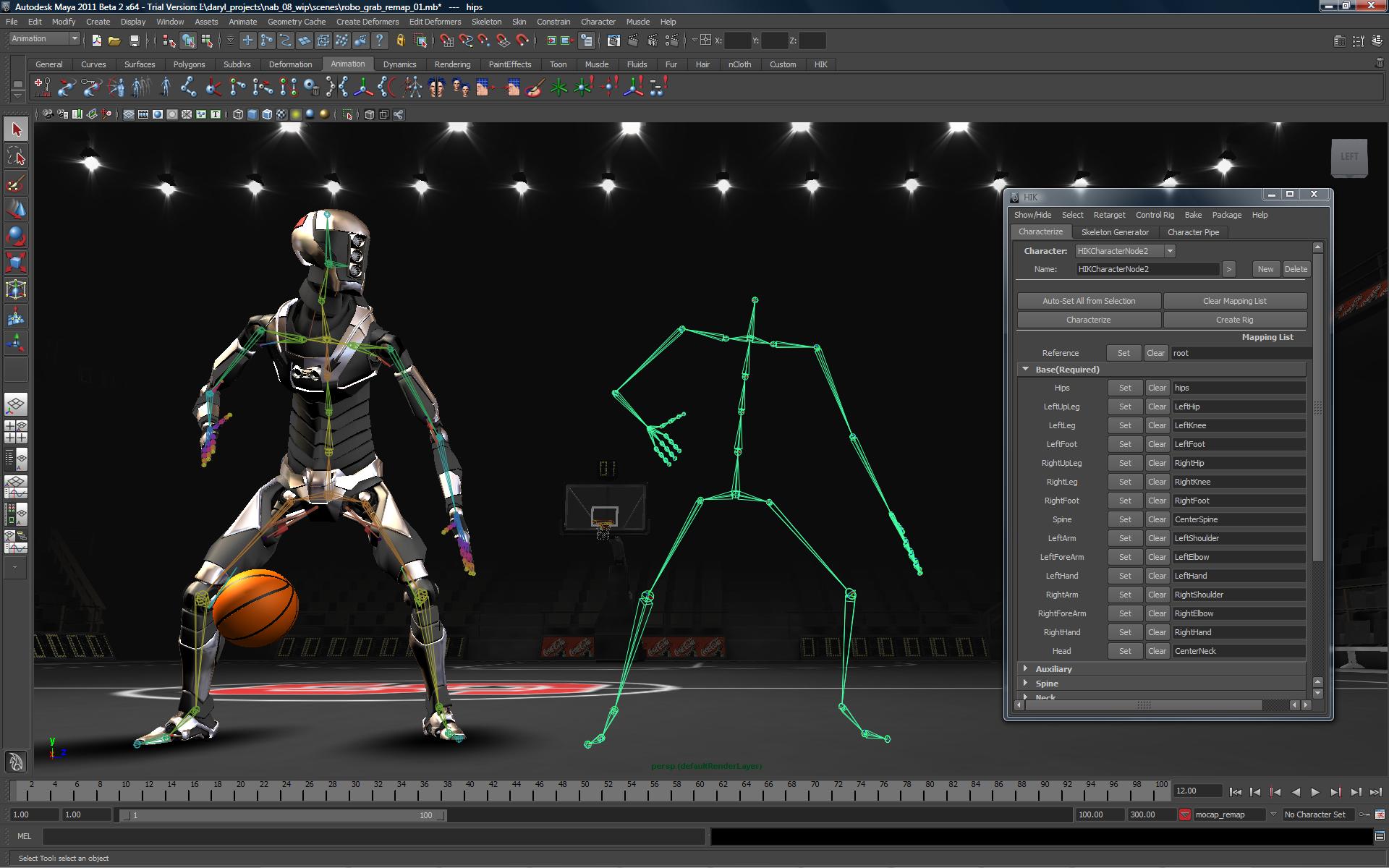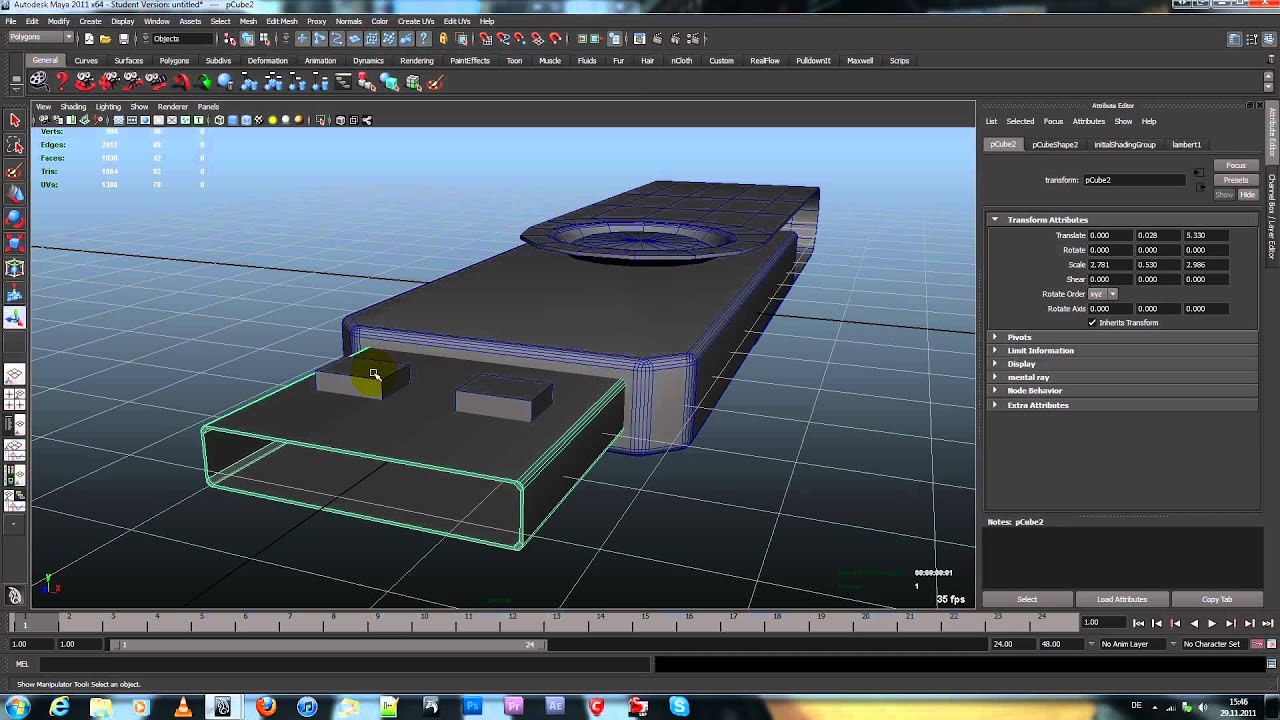Maya 3d graphics designing software was developed by Autodesk and named as Autodesk Maya. Download a free 30 day trial of Autodesk Maya, software for 3D modelling, computer animation, visual effects and 3D rendering for film, TV and games. Maya 3D models 3D models available for download in.ma.mb and other file formats. Could be easily added to a Maya scene. Any custom adjustments by your request. Maya LT 2017 is a 3D modeling and animation software built for professional indie game makers. Is a 3D modeling and animation software., and environments. Maya LT subscription. Maya is a comprehensive 3D solution for visual effects artists, modellers and animators to create high-quality content for film and TV, games and advertising through 3D animation, modelling simulation, and rendering feature sets. 18-month Free class retake included.
Chichen Itza
The ruins are divided into two groups. One group belongs to the classic Maya Period and was built between the 7th and 10th centuries A.D., at which time the city became a prominent ceremonial center. The other group corresponds to the Maya-Toltec Period, from the later part of the 10th century to the beginning of the 13th century.
The site exhibits a multitude of architectural styles, from what is called “Mexicanized” and reminiscent of styles seen in central Mexico to the Puuc style found among the Puuc Maya of the northern lowlands.
Our digital reconstruction concentrates on most of the buildings at the inner area, which is often called Chichén Nuevo.
Palenque
Palenque is a medium-sized site, much smaller than such huge sites as Tikal or Copán, but it contains some of the finest architecture, sculpture, roof comb and bas-relief carvings the Maya produced. Much of the history of Palenque has been reconstructed from reading the hieroglyphic inscription on the many monuments, and historians now have a long sequence of the ruling dynasty of Palenque in the seventh century and extensive knowledge of the city states rivalry with other states such as Calakmul and Toniná. The most famous ruler of Palenque is Pacal the Great whose tomb has been found and excavated in the temple of the inscriptions.
Our digital reconstruction concentrates on the famous buildings at the central area around the Stephens’s Plaza with the sourrounding Cross Group and the Temple of the Inscriptions Court with the Palace.
Uxmal
The late-Classic Maya site of Uxmal (“oosh-mahl”, meaning “thrice-built”) in the Yucatan dates from before the 10th century AD. It is considered one of the most complex and beautiful expressions of Puuc architecture and, for many, is a major highlight of a Yucatán vacation.

Our digital reconstruction concentrates on all famous buildings at the central area.

Tikal
The residential area of Tikal covers an estimated 60 square kilometres , much of which has not yet been cleared, mapped, or excavated. A huge set of earthworks has been discovered ringing Tikal with a 6‑metres wide trench behind a rampart. The 16 square kilometres area around the site core has been intensively mapped it may have enclosed an area of some 125 square kilometres. Population estimates place the demographic size of the site between 10,000 and 90,000, and possibly 425,000 in the surrounding area. Recently, a project exploring the defensive earthworks has shown that the scale of the earthworks is highly variable and that in many places it is inconsequential as a defensive feature. In addition, some parts of the earthwork were integrated into a canal system. The earthwork of Tikal varies significantly in coverage from what was originally proposed and it is much more complex and multifaceted than originally thought.

Our digital reconstruction concentrates on the 5 largest temples named Temples I — V at the central area as well as the Great Pyramid of the Lost World- area.
Maya Calendario — 3D-animated Model of the Mayan Calendar-Wheels
We designed a correct HiRes 3D-Model of the Mayan Calendar including all days until 21st of december 2012. Read more
Codex Dresdensis — 3D Reconstruction of the Maya Codex in Dresden
Animated 3D-Model of the Dresden Maya Codex showing its current condition and blending to a refined version of the Kingsborough-replicat from 1826. Read more
Maya3D Showreel 2012
Chichen Itza
The ruins are divided into two groups. One group belongs to the classic Maya Period and was built between the 7th and 10th centuries A.D., at which time the city became a prominent ceremonial center. The other group corresponds to the Maya-Toltec Period, from the later part of the 10th century to the beginning of the 13th century.
The site exhibits a multitude of architectural styles, from what is called “Mexicanized” and reminiscent of styles seen in central Mexico to the Puuc style found among the Puuc Maya of the northern lowlands.
Our digital reconstruction concentrates on most of the buildings at the inner area, which is often called Chichén Nuevo.
Palenque
Palenque is a medium-sized site, much smaller than such huge sites as Tikal or Copán, but it contains some of the finest architecture, sculpture, roof comb and bas-relief carvings the Maya produced. Much of the history of Palenque has been reconstructed from reading the hieroglyphic inscription on the many monuments, and historians now have a long sequence of the ruling dynasty of Palenque in the seventh century and extensive knowledge of the city states rivalry with other states such as Calakmul and Toniná. The most famous ruler of Palenque is Pacal the Great whose tomb has been found and excavated in the temple of the inscriptions.

Our digital reconstruction concentrates on the famous buildings at the central area around the Stephens’s Plaza with the sourrounding Cross Group and the Temple of the Inscriptions Court with the Palace.
Uxmal
The late-Classic Maya site of Uxmal (“oosh-mahl”, meaning “thrice-built”) in the Yucatan dates from before the 10th century AD. It is considered one of the most complex and beautiful expressions of Puuc architecture and, for many, is a major highlight of a Yucatán vacation.
Maya For Students
Our digital reconstruction concentrates on all famous buildings at the central area.
Tikal
The residential area of Tikal covers an estimated 60 square kilometres , much of which has not yet been cleared, mapped, or excavated. A huge set of earthworks has been discovered ringing Tikal with a 6‑metres wide trench behind a rampart. The 16 square kilometres area around the site core has been intensively mapped it may have enclosed an area of some 125 square kilometres. Population estimates place the demographic size of the site between 10,000 and 90,000, and possibly 425,000 in the surrounding area. Recently, a project exploring the defensive earthworks has shown that the scale of the earthworks is highly variable and that in many places it is inconsequential as a defensive feature. In addition, some parts of the earthwork were integrated into a canal system. The earthwork of Tikal varies significantly in coverage from what was originally proposed and it is much more complex and multifaceted than originally thought.
Our digital reconstruction concentrates on the 5 largest temples named Temples I — V at the central area as well as the Great Pyramid of the Lost World- area.
Maya Calendario — 3D-animated Model of the Mayan Calendar-Wheels
Maya 3d Free
We designed a correct HiRes 3D-Model of the Mayan Calendar including all days until 21st of december 2012. Read more
Codex Dresdensis — 3D Reconstruction of the Maya Codex in Dresden
Maya 3d Animation software, free download
Animated 3D-Model of the Dresden Maya Codex showing its current condition and blending to a refined version of the Kingsborough-replicat from 1826. Read more
Maya 3d Trial
Maya3D Showreel 2012
